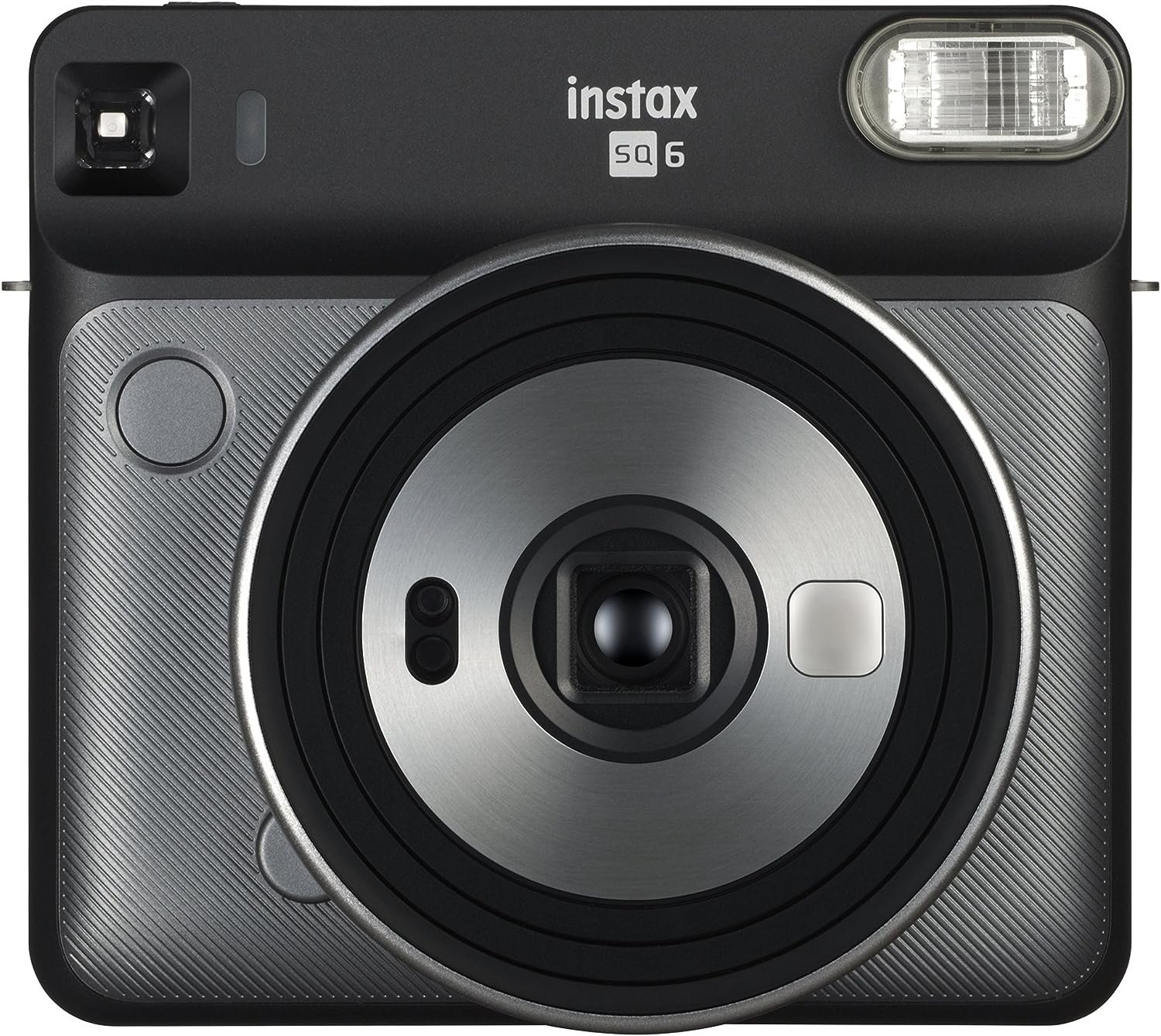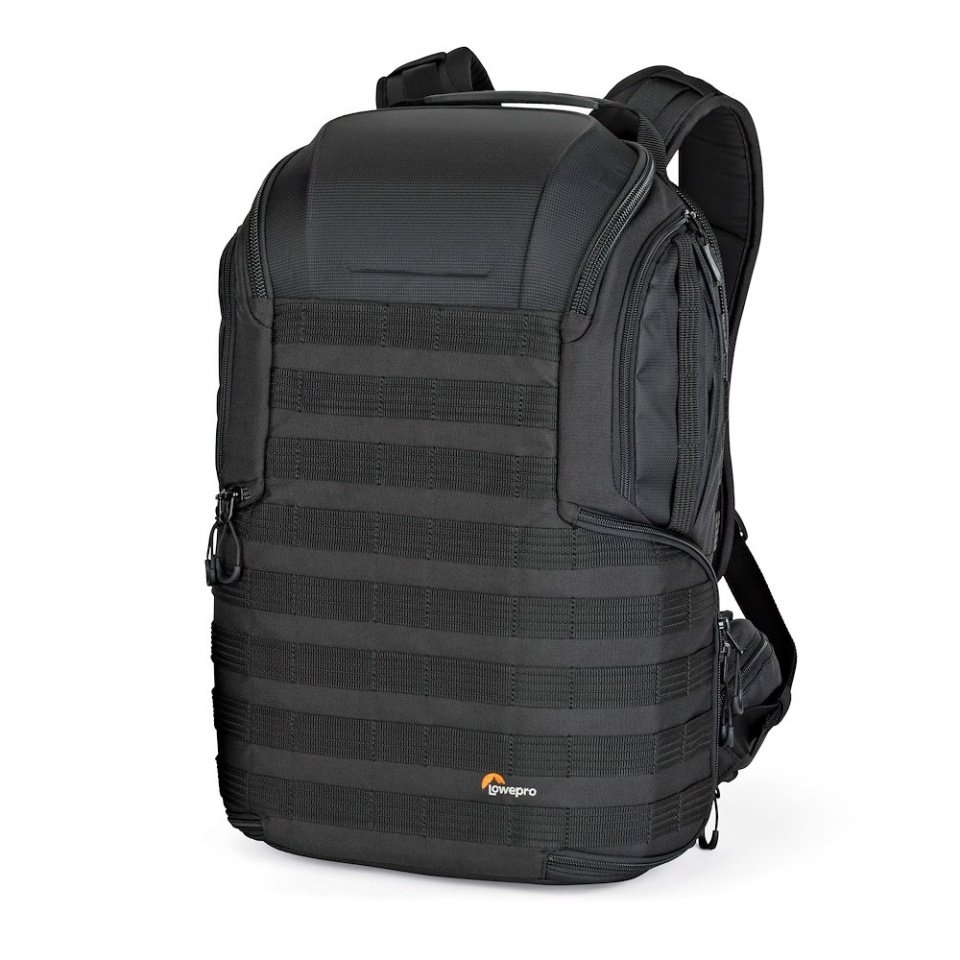5 best cameras for street photgoraphy
Picking a camera for street photography in 2025 is such a luxury.
Never have there been so many incredible cameras, at such affordable prices.
Looking at street photographers today, these are the 5 cameras I keep seeing, and for good reasons.
Fuji X-T5
Interchangeable lens
Photography-focused (no more flip-screen like X-T4)
Improved dynamic range and better ISO.
Record video in 4k 60 fps, 10bit.
You want the fastest autofocus and low-light performance.
Sony a7 IV
This camera from Sony can do anything, which is why it’s one of the most popular cameras on the market today.
Not only is it a great camera for street and documentary, but Sony’s best-in-class stabilization makes it one of the best hybrid cameras today.
Leica Q2
Leica Q2 is a compact yet powerful camera with a 47.3MP sensor.
Fast 28mm f/1.7 lens, and responsive autofocus. Weather-sealed for durability. Image stabilization ensures clarity. Classic, discreet design with exceptional build quality.
Fuji X100V
The Fuji X100v is a camera tailor-made for passionate street photographers, featuring a fixed 23mm compact lens (equivalent to 35mm), excelling in low-light conditions with impressive high ISO performance, all wrapped in a sleek and elegantly designed body that exudes stealth.
The reason to get this over the Fuji X-T5 is for the simplicity (and limitation) of not being able to change lenses
Ricoh GR IIIx
I’ve been a Ricoh GR fan since I got my first Ricoh GR II. This was in fact my very first digital camera. It’s small, powerful, and discreet.
The Ricoh GR IIX is compact enough to slip into your pocket, it's incredibly discreet yet packs a punch in terms of image quality and it’s very affordable compared to the other cameras aimed at street photographers.
In Summary, the top 5 street photograpy cameras
The Fujifilm X-T5 (Easily my personal favorite in terms of bang for the buck)
The Sony A7 IV (If you have the budget & need to do video as well)
Leica Q2 (If you are loaded. See Leica cameras & lenses)
Fuji X100V (Another, Fuji camera - great colors - but not suitable if you need video)
Ricoh GR IIIX (The most affordable and fits in your pocket)
Need a hybrid camera video as well?
Then the Fuji X-HS2 is your best bet. I own this myself and can't say enough great things about it.
My complete list of gear for street photography and videography
What makes a good camera for street photography?
Compact and Lightweight
A smaller and lighter camera is less conspicuous and easier to carry around, allowing you to blend into the environment and capture shots without drawing excessive attention.
Fast Autofocus
Street photography often involves capturing fleeting moments, so a camera with fast and accurate autofocus is essential to ensure you can quickly lock onto your subjects. You don’t need as fast auto-focus as in sports photography, but the faster the better.
Low-Light Performance
Many street photography situations involve challenging lighting conditions, such as indoors or during the evening. A camera with good low-light performance (low noise at high ISO settings) will help you capture sharp and clear images in various lighting scenarios.
Don’t buy a camera you can’t afford to lose
When you do street photography, you don’t want to think about your camera or its pricetag. You want to be fully immersed in taking your street photos and portraits. Don’t break your bank buying a Leica camera, when there are options like Fujifilm - unless you have the means.
Photography gift ideas
My friends go to me for advice on gift ideas for photographers, so I made a list of gadgets, photo bags, and photography courses worth buying.







